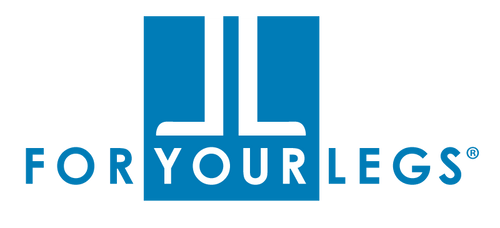Compression for Chronic Venous Insufficiency (CVI)
923 products
923 products
Chronic Venous Insufficiency (CVI) is a chronic condition caused by high pressure in the veins of the legs. This medical condition causes problems with pain in the legs, swelling, and changes to the health of the skin. CVI also increases the risk of superficial phlebitis, or inflammation of the walls of a vein, which is usually accompanied by an unharmful blood clot in a superficial vein of the legs. CVI can also cause restless leg syndrome and frequent muscle cramps.
The part of our body that receives most of the damage caused by CVI is the skin and subcutaneous tissues of the leg. The ankles and lower parts of the calves are the areas that are affected the most, because that is where the blood pressure is highest when standing.
CVI can cause a brownish discoloration of the skin, a thickening and/or hardening of the skin, and unexplained itching (especially in areas over the varicose veins). CVI, if left untreated, can result in a large hole in the skin, which is painful and hard to heal. This is called a “venous ulcer” (see figure 3). If not treated properly, it can last for several years and can make it difficult to walk without increased pain in the ulcer.
Symptoms of CVI may include:
Over 98% of the time, venous insufficiency is caused by broken valves in the saphenous and/or perforating veins. The broken valves cannot be detected by clinical findings or a physical exam. They can only be properly diagnosed by an ultrasound imaging study, called a venous duplex exam. This information, combined with clinical and physical findings, enable physicians to formulate a plan for treatment at the initial exam.
Subscribe to our Newsletter
Subscribe to get special offers, free giveaways, and once-in-a-lifetime deals.

